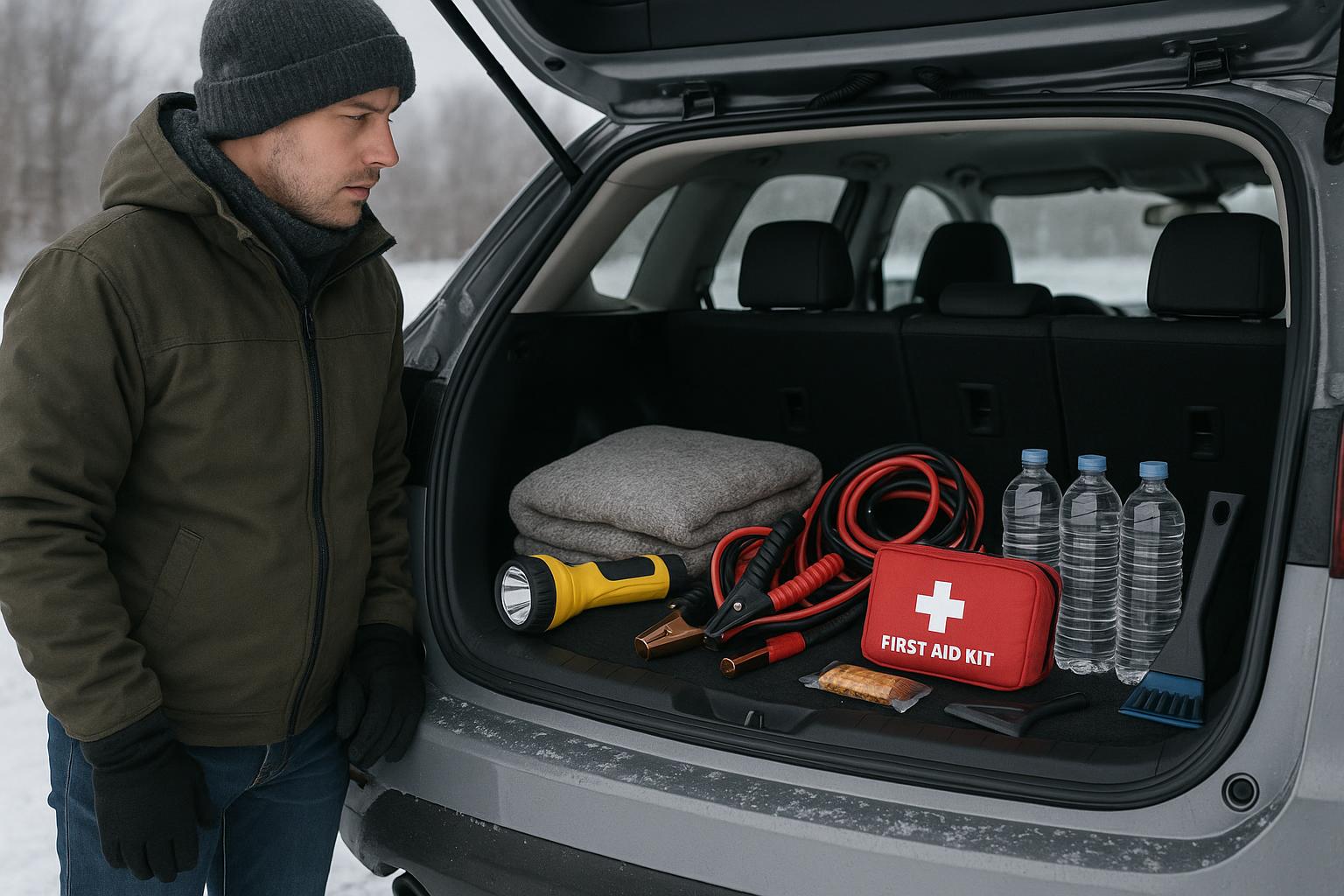In the dynamic environment of the modern workplace, potential hazards can often go unnoticed until they cause harm. The ability to identify these unseen risks is critical for maintaining a safe and healthy work environment. This blog delves into the strategies and best practices for effectively spotting and addressing hidden hazards in the workplace. By mastering these techniques, organizations can proactively prevent accidents and injuries, ensuring a safer, more productive work setting for all employees.
Understanding the Nature of Hidden Hazards:
- Types of Unseen Risks: Discuss various kinds of hidden hazards that may exist in the workplace, such as ergonomic risks, chemical exposures, and psychological stressors.
- Challenges in Detection: Highlight the challenges in identifying these unseen risks and why they often go unnoticed.
Conducting Thorough Risk Assessments to Identify Hidden Hazards:
- Comprehensive Evaluations: Guide on conducting thorough workplace risk assessments, emphasizing the need to look beyond obvious dangers.
- Involving Employees: Stress the importance of involving employees in the risk assessment process, as they offer valuable insights into potential hazards in their daily work.
Implementing Regular Safety Audits:
- Purpose of Safety Audits: Explain how regular safety audits can help identify hidden hazards that might be missed during routine operations.
- Best Practices for Audits: Offer best practices for conducting effective safety audits, including frequency, scope, and documentation.
Utilizing Advanced Detection Technologies:
- Technological Tools: Discuss the role of advanced technologies, such as sensors and monitoring systems, in detecting unseen workplace hazards.
- Staying Updated with Technology: Advise on keeping abreast with the latest technological advancements that can aid in hazard detection.
Hidden Hazards Can’t Hide: Fostering a Culture of Safety Awareness:
- Employee Training and Education: Emphasize the importance of regular training and education programs to enhance employees’ ability to spot hidden hazards.
- Encouraging Reporting: Encourage a culture where employees feel comfortable reporting potential risks, no matter how small they may seem.
Analyzing Incident Reports and Near Misses:
- Learning from Incidents: Explain how analyzing past incidents and near misses can provide insights into potential hidden hazards.
- Proactive Measures: Discuss how proactive measures can be developed based on these analyses to prevent future incidents.
Developing Effective Communication Channels:
- Importance of Communication: Stress the significance of open and effective communication channels for reporting and discussing potential hazards.
- Feedback Mechanisms: Suggest implementing feedback mechanisms to continually improve hazard identification processes.
Reviewing and Updating Safety Protocols:
- Regular Review: Highlight the need for regular review and updating of safety protocols to incorporate findings from hazard identification efforts.
- Adapting to Changes: Discuss the importance of adapting safety protocols in response to changes in the workplace, such as new equipment or procedures.
Mastering the art of identifying unseen hazards in the workplace is an ongoing process that requires vigilance, commitment, and collaboration. By adopting comprehensive risk assessments, regular safety audits, leveraging technology, and fostering a culture of safety awareness, organizations can significantly enhance their ability to spot and mitigate hidden risks. This proactive approach not only ensures compliance with safety regulations but also builds a foundation for a safer, more secure work environment. Remember, a safe workplace is the cornerstone of a successful and sustainable organization.



